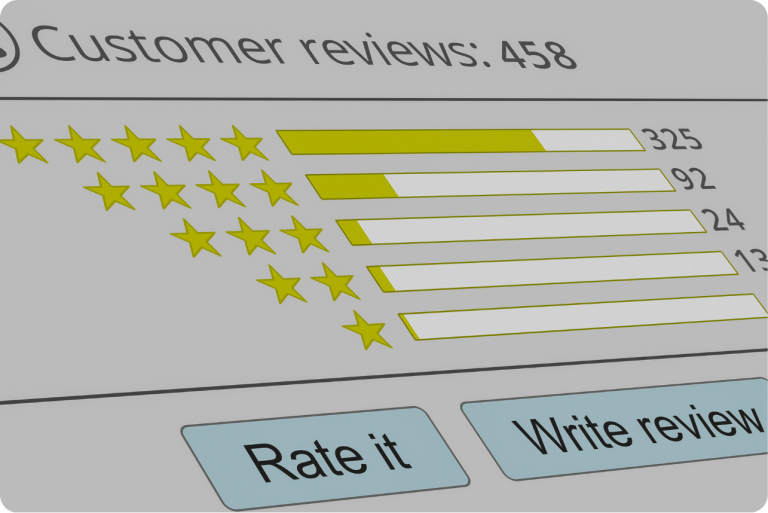How to Spot Fake Reviews and Avoid Scam Sellers: A Smart Shopper’s Guide
With the rise of online shopping, fake reviews and scam sellers have become a growing concern. Misleading product ratings and fabricated testimonials can make it difficult to distinguish between a great deal and a potential scam. To help you shop smarter, we’ve put together this guide on identifying fake reviews and ensuring your purchases come from trustworthy sellers.
1. Look for Verified Purchases
Many online marketplaces, including Amazon, highlight reviews from verified purchases. These indicate that the reviewer actually bought the product, reducing the chances of a fake review. However, even verified reviews can be manipulated, so use additional strategies to confirm authenticity.
2. Check for Repetitive or Generic Language
Fake reviews often use vague or overly enthusiastic language that doesn’t provide specific product details. If multiple reviews use similar phrasing or seem copied and pasted, that’s a red flag.
3. Use Review Analysis Tools
Websites and browser extensions like Fakespot and ReviewMeta analyze reviews for authenticity. These tools can help detect suspicious patterns and highlight potentially manipulated ratings.
4. Examine the Reviewer’s Profile
Click on the reviewer’s profile and check their review history. If they’ve left multiple five-star reviews for unrelated products in a short time span, it may indicate a fake account. Genuine reviewers usually have a mix of ratings and detailed feedback.
5. Compare Reviews Across Multiple Retailers
If a product has stellar reviews on one platform but negative feedback elsewhere, that’s a warning sign. Check multiple sites like Amazon, Walmart, and Best Buy to get a clearer picture of the product’s quality.

6. Be Skeptical of Too Many Five-Star or One-Star Reviews
Products with an overwhelming number of five-star reviews and no negative feedback may be artificially inflated. On the other hand, some scam sellers use fake one-star reviews to damage competitors’ reputations.
7. Pay Attention to Review Dates
A sudden flood of positive reviews in a short period can indicate review manipulation. Trust products that have steady and consistent feedback over time rather than those that suddenly gain hundreds of reviews.
8. Verify Seller Information
Before purchasing, research the seller. If you’re shopping on Amazon, ensure the seller is Amazon Fulfilled or has a long history of positive feedback. On marketplaces like eBay, check their rating and transaction history.
9. Use Secure Payment Methods
Avoid sellers that request payment through direct bank transfers, cryptocurrency, or gift cards. These methods are harder to trace and provide little buyer protection. Stick to secure platforms like PayPal, Amazon Pay, or credit cards that offer fraud protection.
10. Look for Trusted Shopping Deals
If you’re looking for authentic discounts from reliable retailers, check out these trusted shopping platforms:

Final Thoughts
Being a smart shopper means staying vigilant against fake reviews and scam sellers. By using review analysis tools, checking multiple sources, and verifying seller credibility, you can shop with confidence and avoid getting tricked by misleading ratings. Happy shopping, and stay safe online!
More News /Article
- "Don't muck it up" : Massie urges Senate to pass Epstein bill as House vote looms
- Watch live: Trump meets with Saudi Crown Prince Mohammed bin Salman at White House
- Epstein battle ‘has ripped MAGA apart,’ Marjorie Taylor Greene says
- Brian Walshe pleads guilty to lesser charges related to death of his wife as murder trial is set to begin






